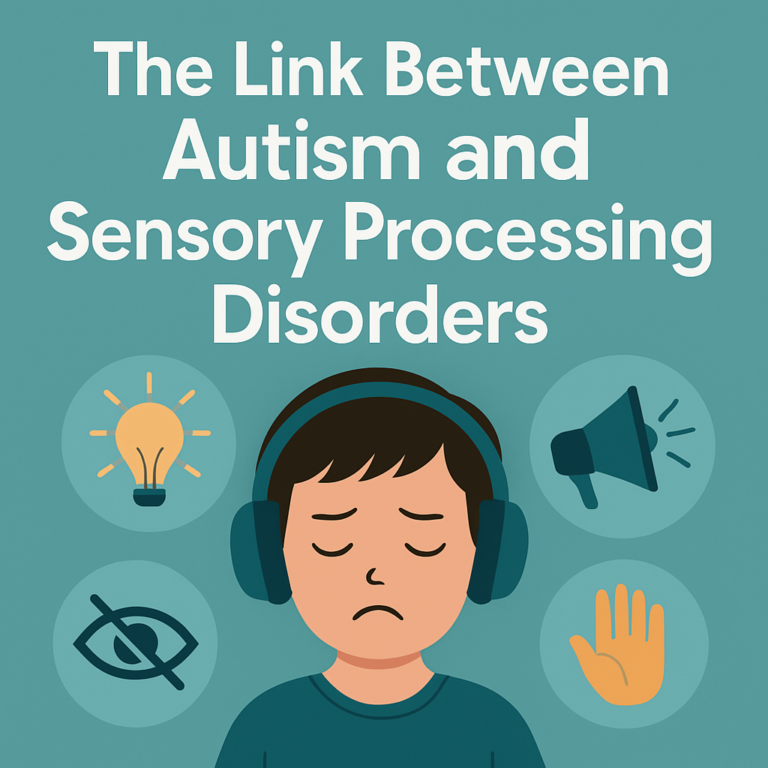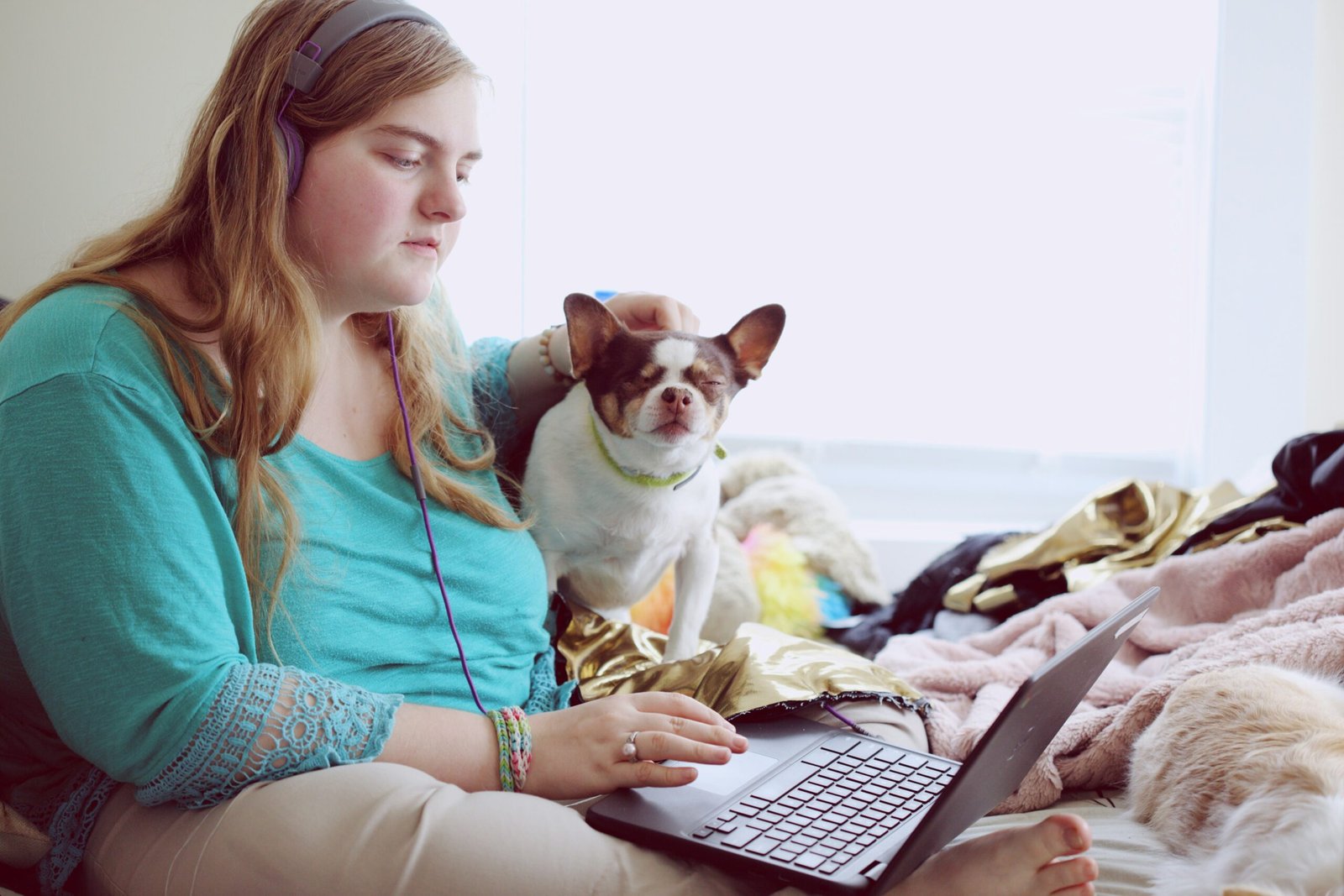Sensory Processing Autism: Tips for Managing Overstimulation
Autism Spectrum Disorder (ASD) often comes with sensory processing challenges, where individuals may be hypersensitive or hyposensitive to stimuli such as light, sound, touch, taste, and smell. These sensory sensitivities can lead to overstimulation, making daily environments overwhelming.

Understanding sensory processing issues and implementing strategies to manage overstimulation can significantly improve the quality of life for autistic individuals.
Understanding Sensory Processing in Autism
Sensory processing refers to how the brain receives, interprets, and responds to sensory information. Autistic individuals may experience:
- Hypersensitivity (Over-responsiveness): Strong reactions to stimuli like bright lights, loud noises, strong smells, or certain textures.
- Hyposensitivity (Under-responsiveness): Reduced awareness of stimuli, leading to behaviors like seeking deep pressure or not noticing extreme temperatures.
- Mixed Sensitivities: A combination of hyper- and hypo-responsiveness, depending on the type of sensory input.
Overstimulation occurs when sensory input becomes too intense, leading to discomfort, anxiety, meltdowns, or shutdowns.
Common Sensory Triggers and How to Manage Them

1. Noise Sensitivity
Many autistic individuals find loud or unexpected noises overwhelming. To manage this:
- Use noise-canceling headphones in noisy environments.
- Create a quiet space at home where the person can retreat.
- Introduce white noise machines to neutralize background sounds.
- Allow the individual to control their audio environment (e.g., adjusting volume in classrooms or workplaces).
2. Light Sensitivity
Bright lights, flickering bulbs, or certain colors may be distressing. Solutions include:
- Wearing sunglasses or tinted lenses indoors.
- Using soft lighting, such as warm LED lights instead of fluorescent bulbs.
- Adjusting screen brightness and contrast on digital devices.
- Allowing natural lighting when possible.
3. Touch Sensitivity
Certain textures, clothing materials, or physical contact can be uncomfortable. Managing touch sensitivity may involve:
- Allowing loose-fitting, soft-textured clothing (avoid scratchy fabrics or tags).
- Using weighted blankets or vests to provide comfort.
- Letting the individual control physical contact (e.g., no forced hugs or unexpected touches).
- Providing fidget toys or textured objects to help self-regulation.
4. Smell Sensitivity
Strong scents can be overwhelming and trigger distress. Strategies include:
- Keeping the environment fragrance-free (avoid strong perfumes, cleaning products, or scented candles).
- Using unscented personal care products.
- Allowing the individual to carry a familiar scent (e.g., a preferred essential oil on a handkerchief to neutralize strong smells).
5. Taste and Food Sensitivities
Autistic individuals often have strong preferences or aversions to certain food textures and flavors. Ways to accommodate:
- Offering a variety of food choices within their comfort range.
- Allowing bland or predictable foods if they feel safe and familiar.
- Avoiding pressure to try new foods; introduce changes gradually.
- Respecting temperature preferences (some individuals prefer room-temperature food over extreme hot or cold dishes).
Coping Strategies for Overstimulation
1. Create a Sensory-Friendly Space
- Designate a calm, low-stimulation area at home.
- Use soft, weighted blankets and comfortable seating.
- Reduce clutter to minimize visual overload.
2. Use Sensory Tools
- Fidget toys, stress balls, or chewable jewelry can provide sensory input.
- Compression clothing or deep pressure input can help regulate the nervous system.
- Allowing rocking, spinning, or movement breaks can provide relief.
3. Establish Predictable Routines
- Sudden changes can heighten overstimulation. Using visual schedules or timers can help prepare for transitions.
- Providing warnings before changes (e.g., turning off bright lights gradually) can ease sensory adjustments.
4. Encourage Self-Regulation Strategies
- Teach deep breathing exercises or mindfulness techniques to manage stress.
- Allow safe stimming behaviors like hand-flapping, bouncing, or fidgeting to help self-regulate.
- Practice sensory breaks in overwhelming environments.
5. Advocate for Sensory Accommodations
- Schools and workplaces should be aware of sensory needs.
- Request quiet rooms, dim lighting, or noise control policies.
- Educate caregivers, teachers, and employers about sensory differences.
Conclusion
Sensory processing issues in autism can make everyday environments challenging, but with the right strategies, overstimulation can be effectively managed. Recognizing triggers, creating sensory-friendly spaces, and allowing individuals to self-regulate can significantly enhance their comfort and well-being.
By fostering an inclusive and accommodating environment, we can help autistic individuals thrive in their surroundings.





